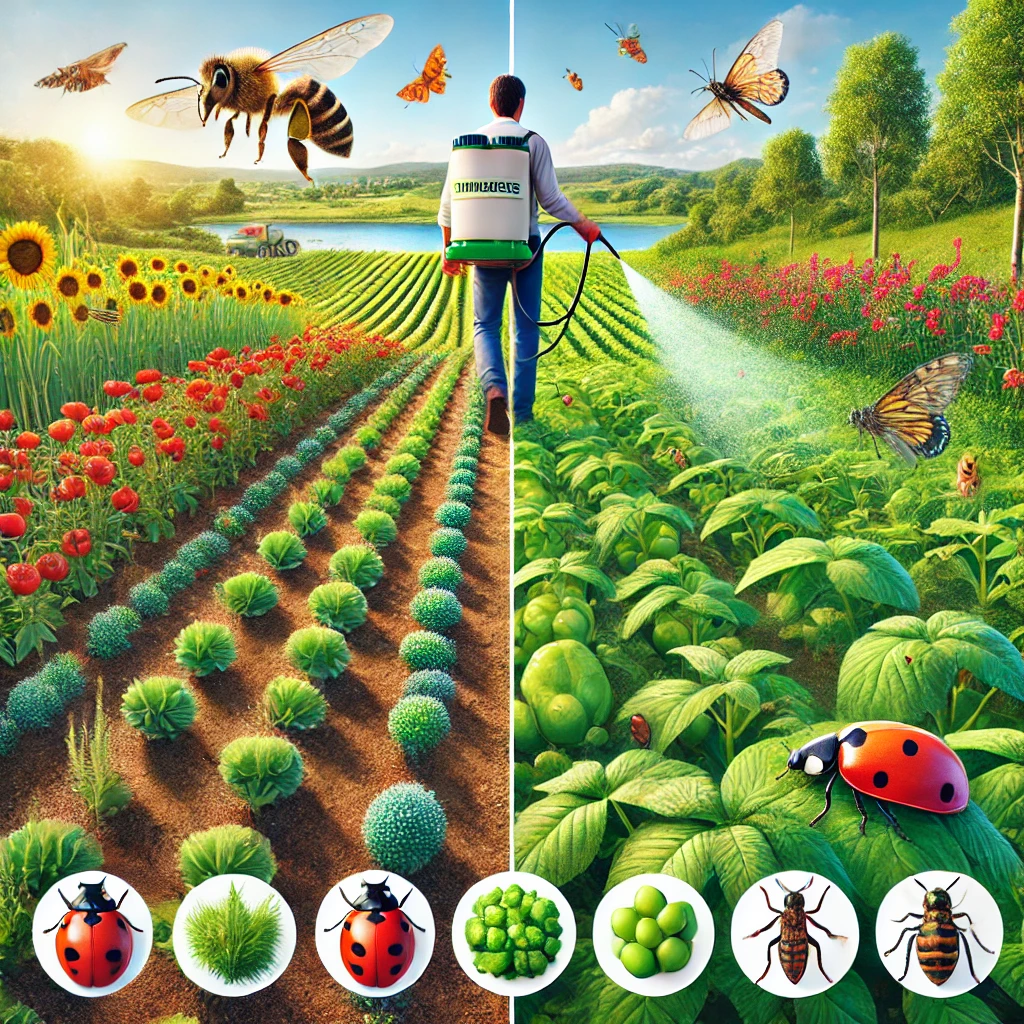Introduction to Biopesticides
Biopesticides are natural or biologically derived substances used to control pests. They include microbial, plant-based, and biochemical products. Their role in pest management has gained attention for being environmentally friendly. They provide an alternative to synthetic chemicals, reducing pesticide residues and promoting sustainability.
Microbial Biopesticides
Microbial biopesticides contain microorganisms such as bacteria, fungi, or viruses that target specific pests. These agents work by infecting or outcompeting pests. They are effective in managing pests while minimizing harm to beneficial organisms. Their use has been linked to reduced pesticide application rates and lower environmental impact.
Plant-Based Biopesticides
Plant-based biopesticides are derived from natural plant extracts. These extracts can repel, attract, or kill pests. Examples include neem oil and pyrethrin. They are considered safer for non-target species and humans. However, their efficacy can vary depending on environmental conditions and pest species.
Biochemical Biopesticides
Biochemical biopesticides include substances like pheromones and natural plant chemicals. These compounds interfere with pest behavior, such as mating or feeding. They offer targeted control and are less likely to cause resistance. Their long-term effectiveness relies on understanding pest life cycles and environmental interactions.
Long-Term Efficacy and Challenges
The long-term efficacy of biopesticides is influenced by factors like pest resistance, environmental conditions, and application methods. Regular monitoring and integrated pest management (IPM) strategies are essential for maintaining effectiveness. Challenges include potential for resistance development and the need for precise application techniques.
Conclusion
Biopesticides offer a sustainable approach to pest control with numerous benefits. Their ability to reduce reliance on synthetic chemicals and minimize environmental impact makes them valuable tools. Ongoing research and development are crucial to addressing challenges and enhancing their long-term efficacy.

